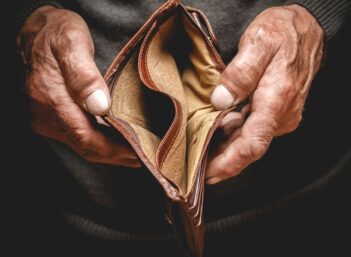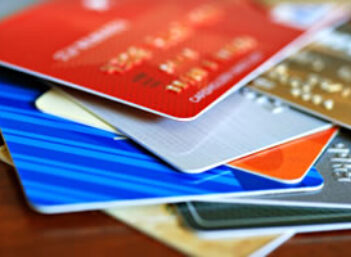What is a Safe Deposit Box?
A safe deposit box is a metal box, usually housed in a bank vault, that customers can rent in order to keep valuables, legal documents and other prized possessions in a secure location.
How Does a Safe Deposit Box Work?
Obtaining a safe deposit box is usually as simple as going to a local bank and asking for one. The customer must pay a rental fee (usually monthly) and will receive a key to the box. Safe deposit boxes come in different sizes, depending on what the customer needs to store. The customer places his or her valuables in the box, locks the door, and leaves the bank. To open a safe deposit box, two keys are necessary: one from the bank and one from the customer. Without these keys, the box does not open.
Safe deposit boxes are almost always in the bank's vault, which protects them from theft, fire and flooding (in theory).
Why Does a Safe Deposit Box Matter?
Safe deposit boxes provide a way for people to keep valuables safe but out of the house and less vulnerable to theft. They are also a way to ensure privacy: Nobody but the keyholder can look at the contents, and the bank cannot access the contents on its own (remember, both keys must be present to open the box).
It is a good idea to consider storing some of the following in a safe deposit box: wills, birth certificates, passports, diplomas, social security cards, property deeds, copies of videotapes of home contents, rare coins, expensive jewelry and copies of insurance policies.
It is important to note that the bank does not insure the contents of a safe deposit box, nor does the FDIC. It is also important to note that if the owner of the safe deposit box fails to make the monthly rental payment on the box, the bank usually has the right to seize the contents of the box or turn the box over to the state as unclaimed property.



